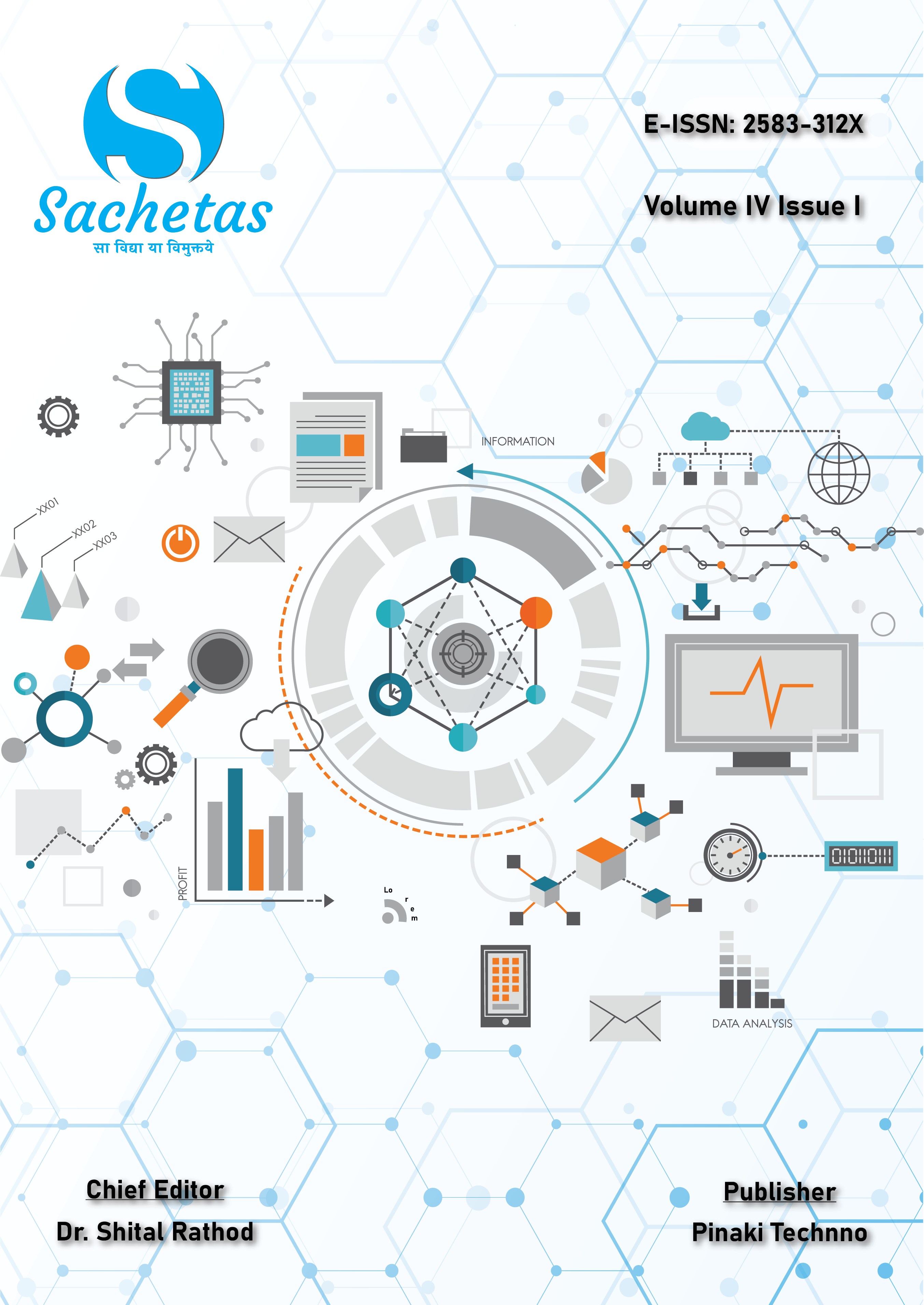CYBERCRIME IN THE DIGITAL ERA: IMPACTS, AWARENESS, AND STRATEGIC SOLUTIONS FOR A SECURE FUTURE
DOI:
https://doi.org/10.55955/410004Keywords:
Cybersecurity, cybercrime, hacking, malware, phishing, internet thefts, case studyAbstract
Cybercrime has emerged as a critical challenge in the digital age impacting individuals, organizations and governments across the globe. With the rapid expansion of digital technologies and the internet, cybercriminals exploit system vulnerabilities causing significant financial, psychological and reputational damage. This paper explores the multifaceted impacts of cybercrime on society ranging from personal data breaches and identity theft to large-scale corporate and governmental attacks that jeopardize economic stability and national security. It further delves into the awareness levels among individuals and organizations, highlighting the gaps that make them susceptible to cyber threats. The study underscores the pressing need for a comprehensive legal framework tailored to the evolving nature of cybercrime ensuring swift and effective justice delivery. Technological advancements in cybersecurity such as artificial intelligence and machine learning are emphasized as crucial tools to pre-empt and mitigate these threats. Additionally, the paper advocates for widespread educational initiatives to improve digital literacy focusing on preventive measures and safe online practices. The research aims to contribute to a safer digital environment by addressing these dimensions and fostering resilience and trust in the ever-connected global community.
References
Anderson, R., Barton, C., Böhme, R., Clayton, R., Van Eeten, M. J., Levi, M., ... & Savage, S. (2013). Measuring the cost of cybercrime. The economics of information security and privacy, 265-300.
Anwary, I. (2023). Evaluating Legal Frameworks for Cybercrime in Indonesian Public Administration: An Interdisciplinary Approach. International Journal of Cyber Criminology, 17(1), 12-22.
Cascavilla, G., Tamburri, D. A., & Van Den Heuvel, W. J. (2021). Cybercrime threat intelligence: A systematic multi-vocal literature review. Computers & Security, 105, 102258
Furnell, S., & Dowling, S. (2019). Cyber-crime: a portrait of the landscape. Journal of Criminological Research, Policy and Practice, 5(1), 13-26.
Gojali, D. S. (2023). Identifying the Prevalence of Cybercrime in Indonesian Corporations: A Corporate Legislation Perspective. International Journal of Cyber Criminology, 17(1), 1-11.
Kapoor, A., Sindwani, R., & Goel, M. (2021). Prioritising the key factors influencing the adoption of mobile wallets: an Indian perspective in covid-19 era. Journal of Information Technology Management, 13(4), 161-182.
Kapoor, A., Sindwani, R., & Goel, M. (2022). Assessing mobile banking service quality dimensions using multi-criteria decision making. In Future of Work and Business in Covid-19 Era: Proceedings of IMC-2021 (pp. 131-147). Singapore: Springer Nature Singapore.
Kapoor, A., Sindwani, R., & Goel, M. (2023). Evaluating mobile wallet acceptance factors using best worst method. International Journal of Process Management and Benchmarking, 13(4), 449-469.
Kapoor, A., Sindwani, R., & Goel, M. (2024a). Assessing inhibitors to adoption of m-wallet: a BWM approach. International Journal of Business Excellence, 32(4), 433-455.
Kapoor, A., Sindwani, R., & Goel, M. (2024b). A novel framework for understanding the interplay between the mobile wallet service quality dimensions and loyalty intention. The TQM Journal.
National Institute of Standards and Technology (NIST) (2022). Cybersecurity Framework Version 1.1. https://www.nist.gov/news-events/news/2018/04/nist-releases-version-11-its-popular-cybersecurity-framework
Phillips, K., Davidson, J. C., Farr, R. R., Burkhardt, C., Caneppele, S., & Aiken, M. P. (2022). Conceptualizing cybercrime: Definitions, typologies and taxonomies. Forensic sciences, 2(2), 379-398.
The Global Risk Report (2020). The Global Risks Report 2020. https://www.weforum.org/publications/the-global-risks-report-2020/
Whitman, M. E., & Mattord, H. J. (2021). Principles of Information Security. Cengage Learning. https://almuhammadi.com/sultan/sec_books/Whitman.pdf
Yeboah-Ofori, A., & Opoku-Boateng, F. A. (2023). Mitigating cybercrimes in an evolving organizational landscape. Continuity & Resilience Review, 5(1), 53-78.
Downloads
Published
Issue
Section
License
Copyright (c) 2025 Ms. Purvi Pandey, Dr. Ashwarya Kapoor

This work is licensed under a Creative Commons Attribution-NonCommercial-ShareAlike 4.0 International License.





